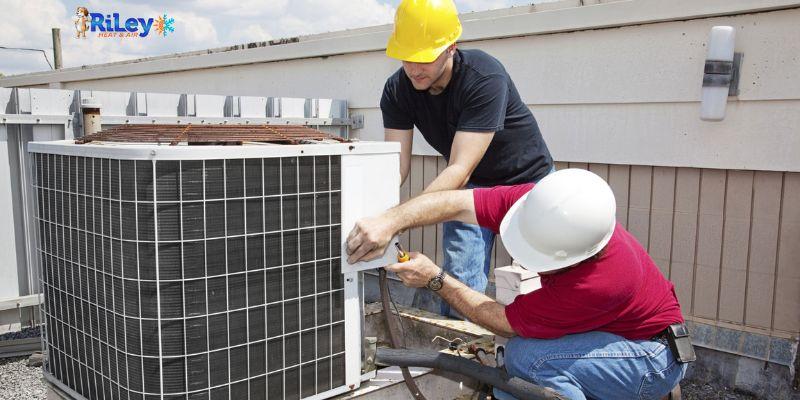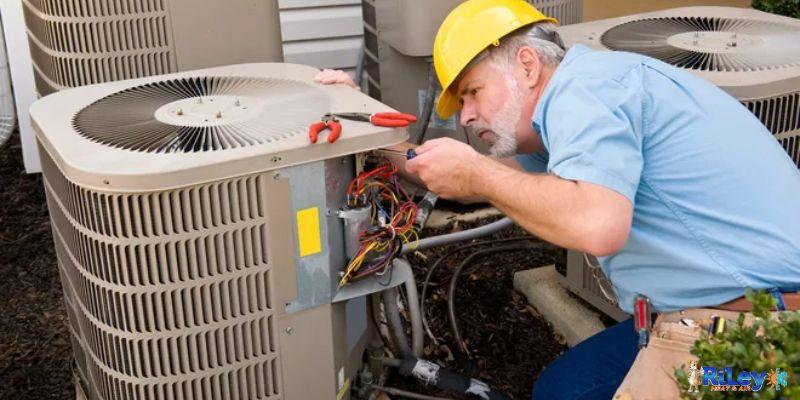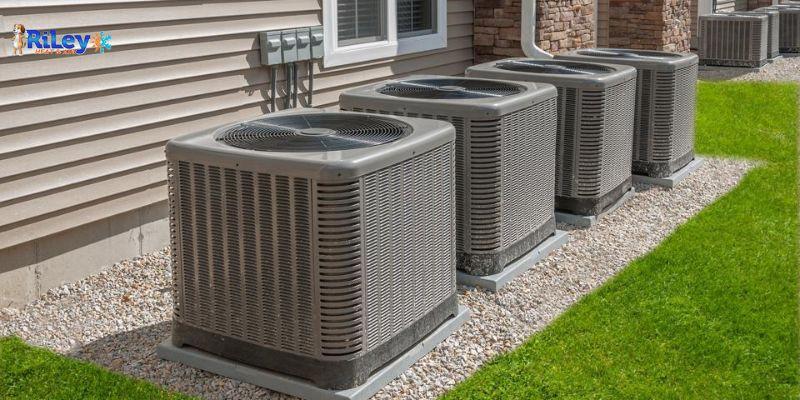
Heating Furnace Hacks: Simple Strategies for Boosting Efficiency and Reducing Costs
As the temperatures drop and winter settles in, the heating furnace becomes the unsung hero of our homes. It keeps us warm and cozy but can also significantly contribute to our energy bills. Fortunately, several heating furnace hacks can help boost efficiency and reduce costs, allowing you to stay comfortable without breaking the bank. This article will explore some simple strategies to get the most out of your heating furnace.
Tips for Boosting Your Furnace Efficiency and Reducing Costs
1. Regular Maintenance

One of the most crucial aspects of ensuring your heating furnace operates efficiently is regular maintenance. Just like any other mechanical system, furnaces require attention and care to perform optimally. Here are some maintenance tasks you should consider:
Change or Clean Filters
Dirty or clogged filters can significantly reduce the efficiency of your furnace by restricting airflow. Make it a habit to check and change your furnace filters regularly, typically every one to three months. A clean filter will allow your furnace to operate smoothly and use less energy.
Annual Professional Inspection
It is wise to schedule an annual inspection by a professional technician. They can identify and address any issues, clean the system thoroughly, and ensure everything is in working order. A well-maintained furnace will run more efficiently and have a longer lifespan.
Check for Leaks
Inspect your furnace and its ductwork for any leaks. Leaky ducts can waste significant heat, causing your furnace to work harder to maintain the desired temperature. Seal any leaks you find with duct tape or professional-grade sealant.
2. Invest in a Programmable Thermostat
A programmable thermostat is an excellent investment for improving furnace efficiency and reducing energy costs. It allows you to set different temperatures for various times of the day, ensuring that you are heating your home appropriately when no one is there. For example, you can lower the temperature at work and warm it up just before you return home.
Additionally, many modern thermostats are intelligent and can be controlled remotely through smartphone apps, making it even easier to manage your heating system efficiently.
3. Zone Heating
Zone heating is a strategy that involves heating only the areas of your home that are in use rather than maintaining a consistent temperature throughout the house. This approach can be particularly practical in larger homes or those with multiple levels.
By closing vents or using space heaters in specific rooms, you can direct heat to where it is needed most. This can result in significant energy savings by reducing the workload on your furnace and preventing heat from being wasted in unused spaces.
4. Use Ceiling Fans
Ceiling fans are not just for cooling; they can also help distribute warm air more evenly throughout your home during the winter. Set your ceiling fan to rotate clockwise at a low speed in the colder months. This will push warm air that rises to the ceiling back into the room, making it feel warmer and allowing you to lower the thermostat temperature slightly without sacrificing comfort.
5. Maximize Natural Sunlight
Harnessing natural sunlight can also reduce your heating costs. During the day, open curtains or blinds on south-facing windows to let the sun's warmth naturally heat your home. Once the sun sets, close them to insulate your home and prevent heat loss.
6. Seal Drafts and Insulate
Proper insulation and sealing of any drafts in your home are essential for maintaining a comfortable indoor temperature and reducing heating costs. Check for drafts around windows and doors, and use weatherstripping or caulk to seal them. You can also add insulation to your attic, walls, and floors to prevent heat from escaping.
7. Adjust the Temperature
A simple but effective hack is to adjust your thermostat settings. Lowering the temperature by a few degrees when you sleep or not at home can result in significant energy savings over time. Dressing warmly and using blankets can help you stay comfortable while lowering the thermostat.
8. Upgrade to a High-Efficiency Furnace
If your furnace is old and inefficient, upgrading to a high-efficiency model can be worthwhile. Newer furnaces are designed to use less energy while providing the same or even better heating performance. To ensure maximum efficiency, look for furnaces with high Annual Fuel Utilization Efficiency (AFUE) ratings.
9. Consider Alternative Heating Sources
In some cases, it may be cost-effective to supplement your furnace with alternative heating sources. Options like wood-burning stoves, pellet stoves, or electric space heaters can heat specific areas of your home, reducing the workload on your furnace and lowering your overall energy costs.
10. Monitor Your Usage
Finally, keeping track of your energy usage can provide valuable insights into your heating habits. Many utility companies offer tools and apps that allow you to monitor your consumption and identify opportunities for improvement. By staying aware of your usage patterns, you can make informed decisions to reduce energy waste and save on heating costs.
11. Use a Humidifier
During the winter, the air inside your home can become very dry due to heating. Dry air feels colder, leading you to turn up the thermostat. Consider using a humidifier to add moisture to the indoor air to combat this. Moist air feels warmer, allowing you to lower the thermostat while maintaining comfort. Also, humidified air can help prevent respiratory issues and improve indoor air quality.
12. Inspect and Upgrade Your Windows and Doors
Windows and doors are familiar sources of heat loss in homes. It is worth considering an upgrade if you have older, single-pane windows or poorly insulated doors. Energy-efficient windows and doors with proper insulation can significantly reduce heat transfer and drafts, keeping your home warmer and reducing the strain on your heating furnace.
While this may be a larger investment, it can lead to substantial long-term energy savings and increased comfort in your home. Additionally, you may be eligible for energy-efficient home improvement tax credits or rebates, further offsetting the cost of these upgrades.
Conclusion
In conclusion, your heating furnace does not have to be a financial burden. By implementing these heating furnace hacks and adopting energy-saving habits, you can boost efficiency and reduce costs while maintaining a warm and comfortable home throughout winter. Regular maintenance, smart thermostat usage, and simple home improvements can go a long way toward making your heating system more efficient and cost-effective. Stay warm and save money this winter with these practical strategies.








COMMENTS